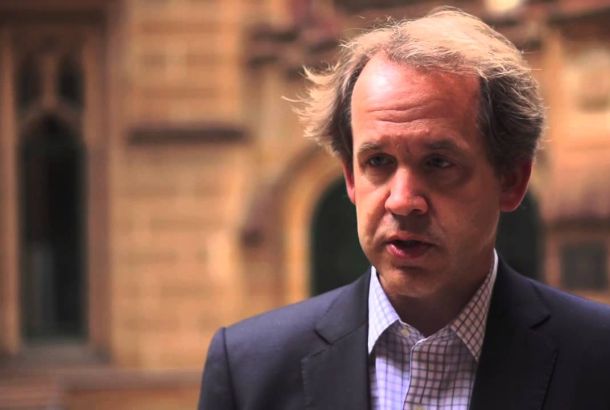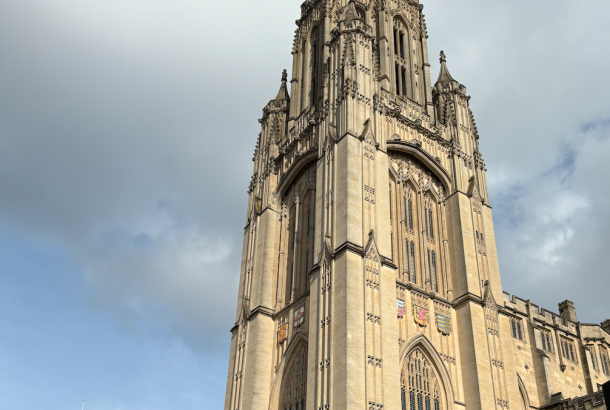The gender gap worsens at university
By Lucy Menage
Figures from UCAS show that since 2008 more women have been entering university compared with men and the figure is steadily increasing. In the 2014 academic year a staggering 58,000 more women were accepted onto higher education than men.
The Higher Education Statistics Agency also published figures in January of this year showing that women achieved better marks whilst at university too. The lower rate of men applying to universities has prompted one third of universities to run outreach programmes to encourage more men to apply to university.
The courses that are dominated by women, however, generally take on more students overall. These subjects include courses such as nursing and midwifery where 81 per cent of students were female, but these courses took on more than double the amount of students than computer sciences in the same year.
This has been illustrated by the fact that 85 per cent of students on engineering and computer science courses in 2015 are men, indicating that work still needs to be done to encourage women to apply to STEM (science, technology, engineering and mathematics) subjects.
The gender gap figures have been hitting the headlines for several years now and in 2014 they prompted Alan Smithers, director of the Centre for Education and Employment at Buckingham University, to suggest that “universities should now admit men on lower grades—although I suppose at the moment that could be illegal.”
Smithers has blamed the gap on the fact that “girls do much better than boys at GCSE and are more likely to go on to A-level, and they have tended to get better A-level results more or less across the board than boys. They also seem keener to go to university than males, perhaps because they enjoy studying academically more.”
There is truth to this, with girls generally achieving better grades at GCSE and A-level, but the national figures published by the Joint Council for Qualifications show that the gender gap in GCSE results has narrowed slightly in 2015. The figures announced that 73.1 per cent of girls’ entries were awarded at-least a C grade whilst 64.7 per cent of boys achieved this. This gap has dropped from 8.8 per cent in 2014 to 8.4 per cent this year.
Despite the fact that more women are entering university and have been for several years, the Office for National Statistics (ONS) announced that the gender pay gap has changed “relatively little” over the past four years.







